Case Study: Brightest Bulb
Make professional video with your smartphone
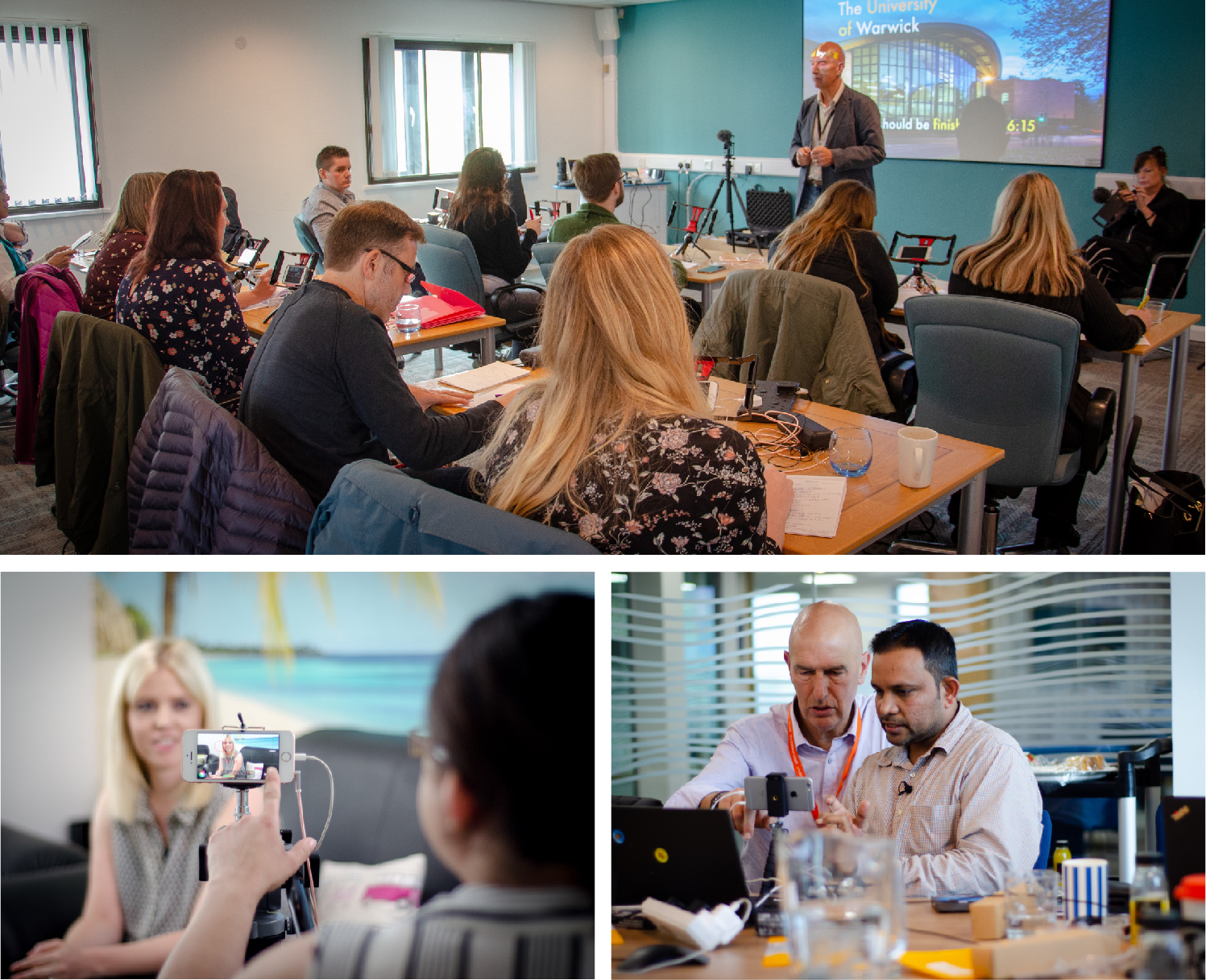
1 / 5
Step 1
Brightest Bulb are a fantastic company that train people how to create employee generated, professional looking videos on a smartphone. Our task was to transition their face-to-face workshops into digital online training.
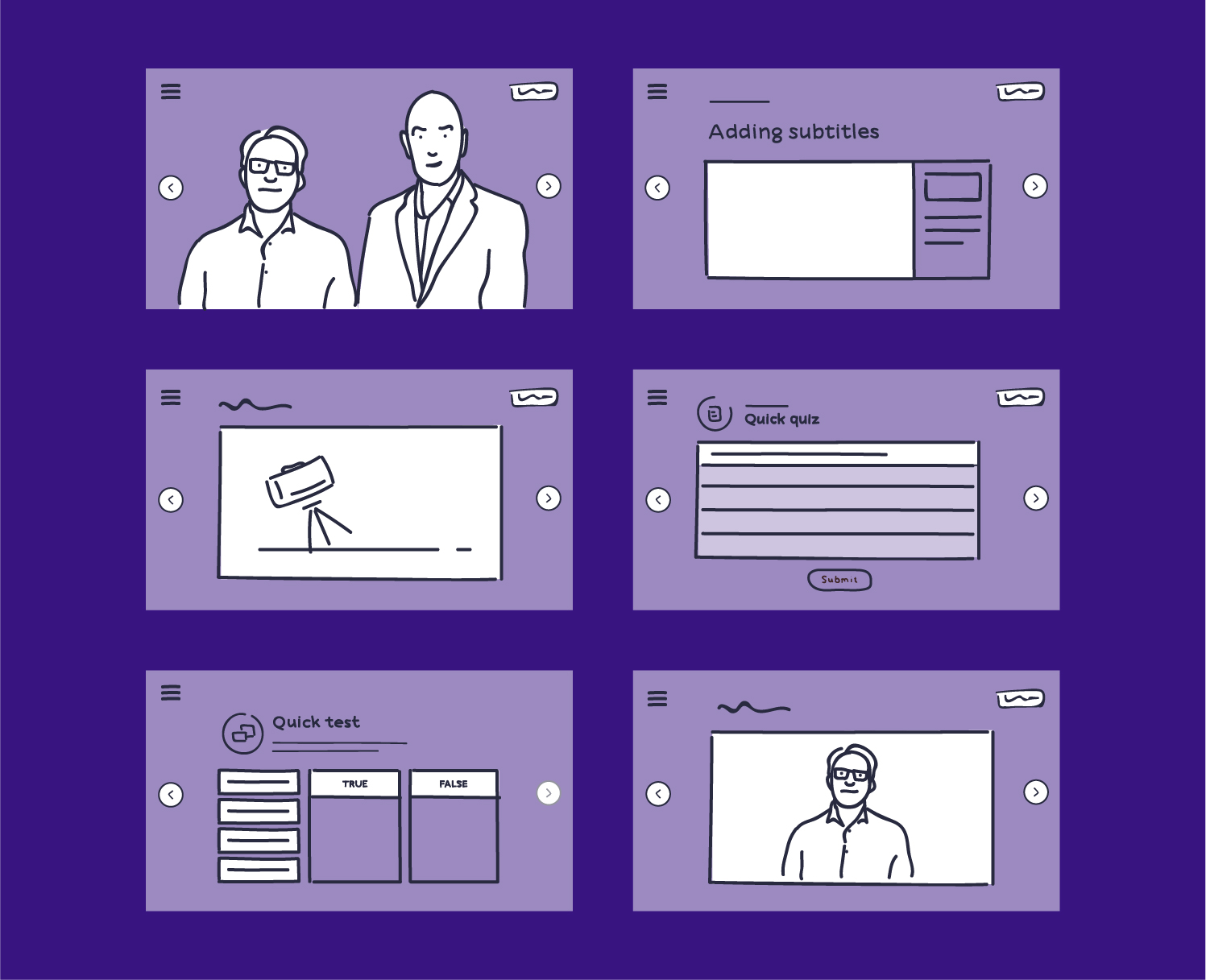
2 / 5
Step 2
To do this, a lot of video was required, so we worked with them during filming to keep their content engaging and outlined some exciting techniques to extract their content (including plenty of interactivity and animation).
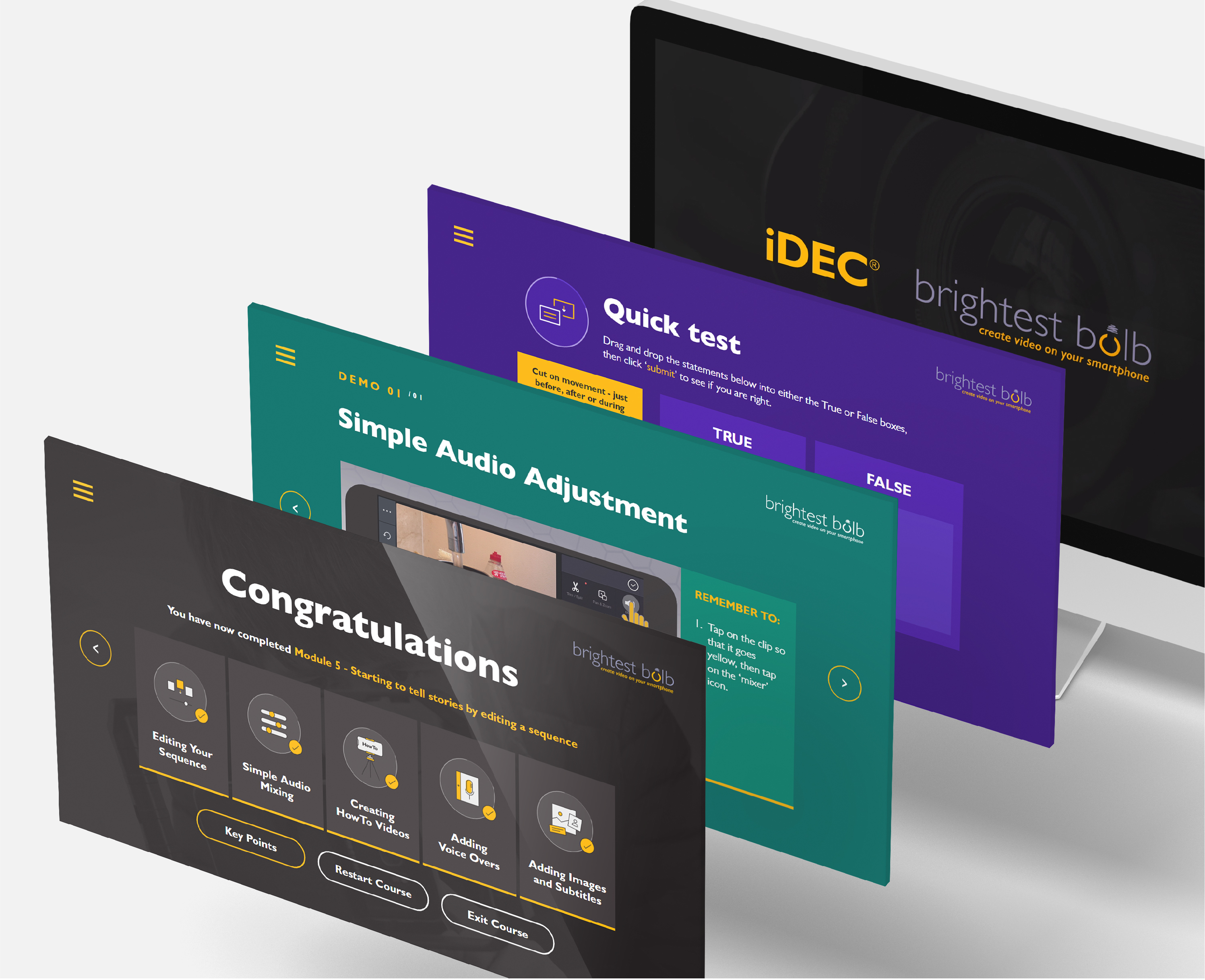
3 / 5
Step 3
Collectively, we chose to split the course into biteze modules – each module could then be progressively assessed, meaning that progress through to the end of the course could only be achieved once each stage was passed.
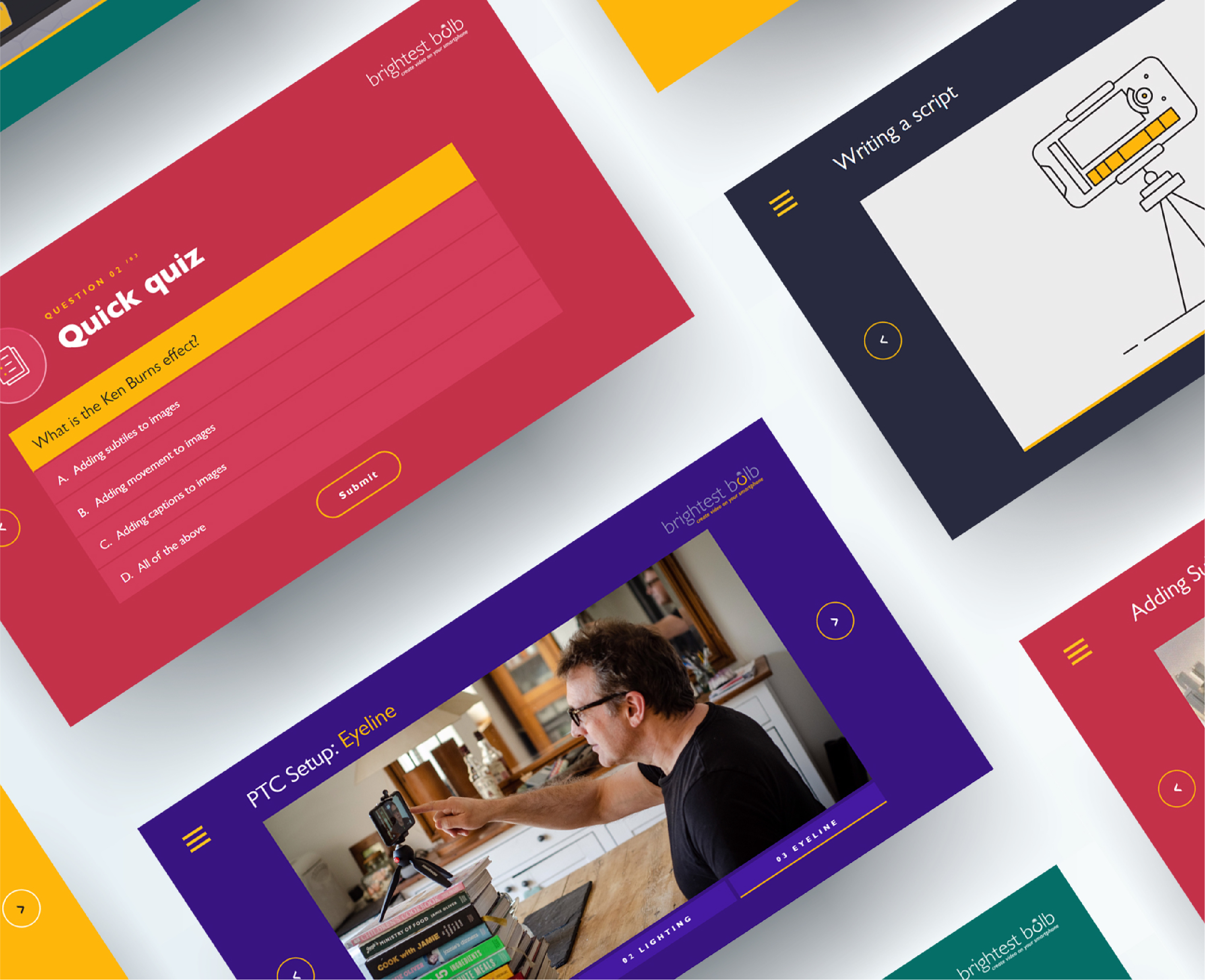
4 / 5
Step 4
The output was a 10-module programme with a variety of interactive knowledge checkpoints. There were larger filming assessments for the learners to go away and complete before uploading to a video portal for review.
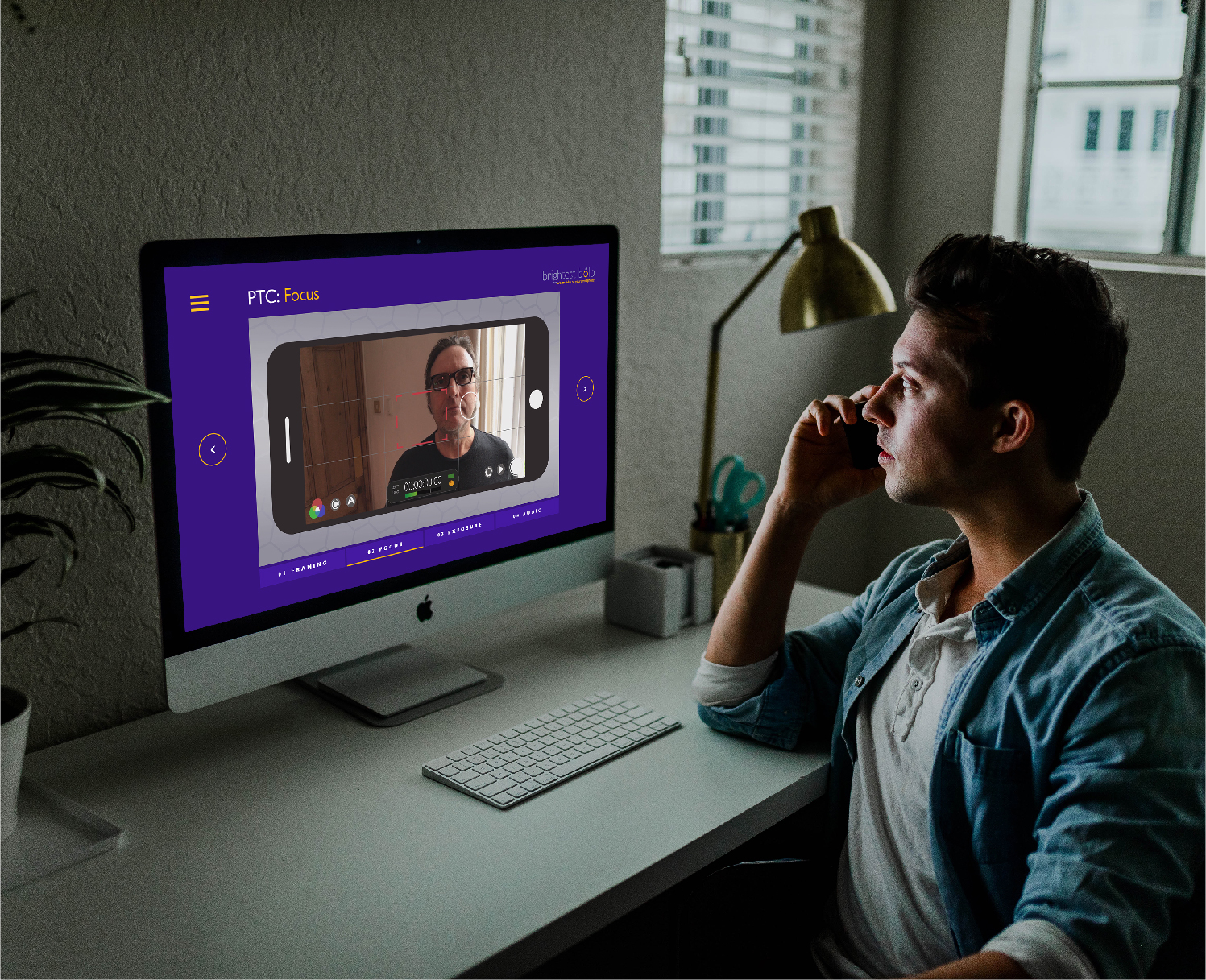
5 / 5
Step 5
Video heavy content can be managed effectively with some upfront planning and careful consideration.
Please read more about the details of the project below…
The situation
Brightest Bulb are a fantastic company that train people how to create employee generated, professional looking videos on a smartphone.
Their courses are great, but they needed our help transitioning from face-to-face workshops to digital online training.
Prompts for Action
This transition is something we specialise in so we shared a few options of how we could achieve their desired outcome and suggested a route that best catered for long video tutorials and large file sizes.
Key additions included regular interactivity to keep the users engaged and plenty of animation to complement the face to camera shots.
Consequences
We collectively wanted to maintain the experience and depth of the skills delivered during their existing workshops. However, with a lot of content to cover it would be important to keep the programme bitesize.
Each module would then be progressively assessed, meaning that progress through to the end of the course could only be achieved once each stage was passed. Due to the depth of the theory, it was also imperative that the learner would be given simple tasks to go away and do before returning to the course. These tasks needed to be inviting and easy to accomplish once given direction.
With large amounts of video there needed to be careful consideration around the hosting method, therefore should the videos be held on a dedicated streaming service. We must ensure the user’s learning experience was not interrupted by loading times or poor-quality footage.
Outcomes
We ended up producing an eLearning programme consisting of 10 modules that captured all the key elements of the original iDEC training. This programme was designed to be done over a longer period to give learners the opportunity to complete their filming tasks on their smartphones throughout the programme. It empowers users with the knowledge of how to shoot, edit and distribute video on their smartphone using some basic applications and industry knowledge.
This modality of the programme really benefits those that cannot attend workshops, or those who simply prefer to learn from the comfort of their own home.
Due to the size of the course the variety of interaction and knowledge checking styles was vast making the course very engaging.
Moral
One of the main challenges we faced was with file sizes as the course included a large quantity of high-res videos which along with our own animations had the potential to increase loading times – this is not something we wanted the users to experience.
To tackle this the files were held on a dedicated server and using some smart video wrapping they were embedded into the training which kept the actual modules small in file size. We also gave the users the ability to stream a slightly lower quality version of the footage if they were located within an area of limited internet connectivity. However, this did not impact user in better connected area who would still see the HD version.
With the aid of our internal software team, we now have a great solution of managing masses of video for similar courses in the future – this is valuable and aligns with the world today, a world which strives for 4K or higher videos streaming in an instant.
